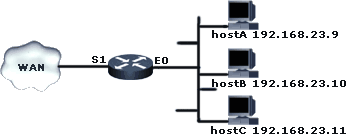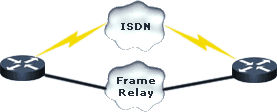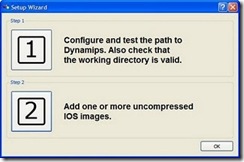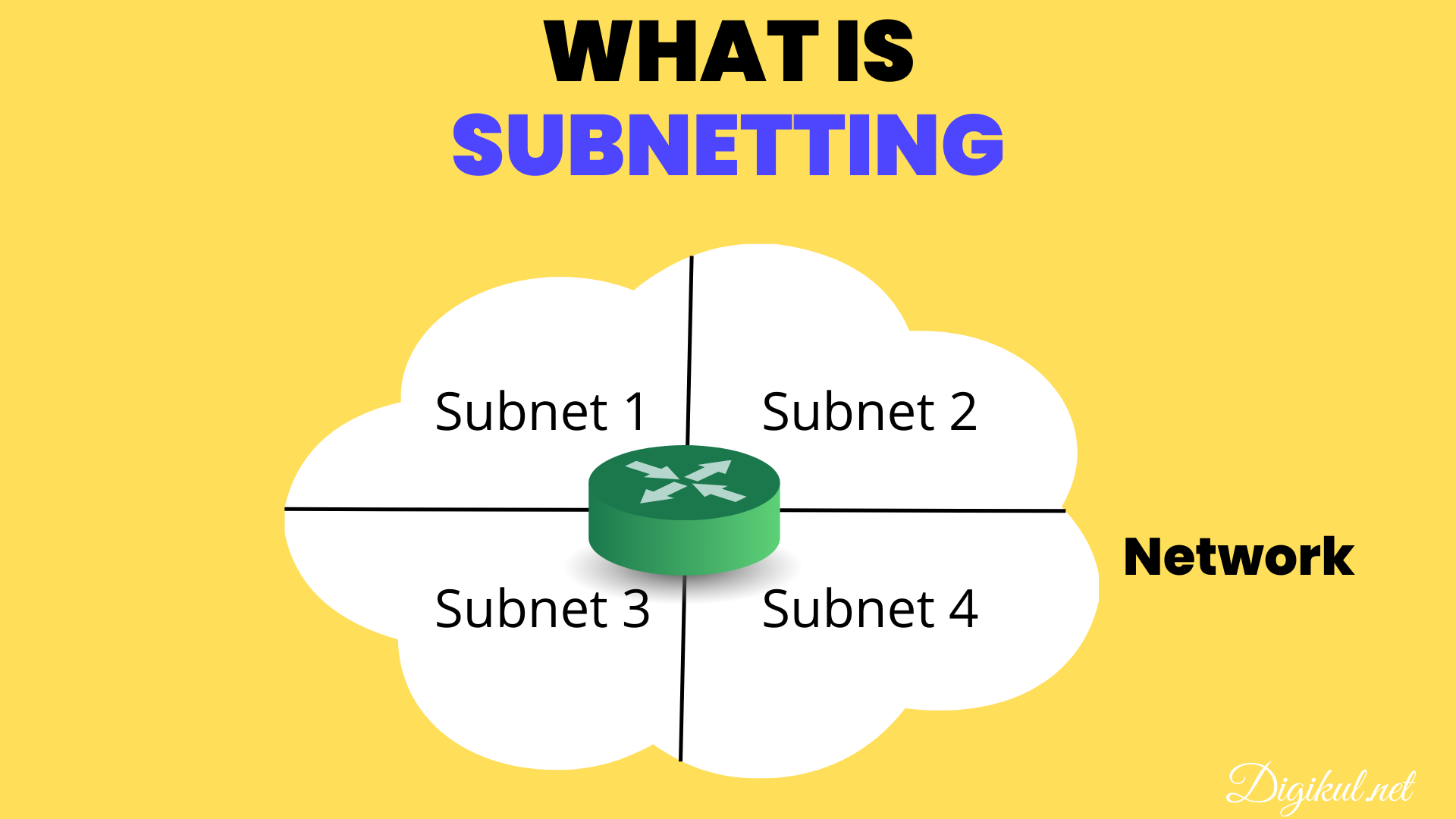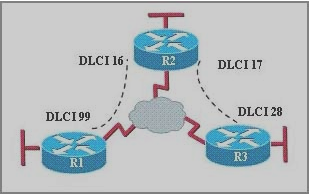Streamlined IPv6 Header
The IPv6 header has a new format that is designed to keep header overhead to a minimum. This format is achieved by moving both nonessential fields and option fields to extension headers that are placed after the IPv6 header. The streamlined IPv6 header provides more efficient processing at intermediate routers.
Stateless and Stateful Configuration
IPv6 supports both stateful and stateless address configurations. IPv6 will work with or without a DHCP server. With stateless address configuration, hosts on a link automatically configure themselves with IPv6 addresses for the link (called link-local addresses) and with addresses derived from prefixes advertised by local routers. Even in the absence of a router, hosts on the same link can automatically configure themselves with link-local addresses and communicate without manual configuration.
Built-in Security
Support for IPSec is an IPv6 protocol suite requirement. This requirement provides a standards-based solution for network security and promotes interoperability between different IPv6 implementations.
Better Support for QoS
New fields in the IPv6 header define how traffic is handled and identified. Traffic identification using a flow label field in the IPv6 header allows routers to identify and provide special handling for packets belonging to a flow, which is a series of packets between a source and destination. Because the traffic is identified in the IPv6 header, support for QoS can be achieved even when the packet payload is encrypted through IPSec.
Real-Time Performance
IPv6 offers a packet prioritization feature that provides the real-time and near real-time applications an improved response time. Consequently, IPv6 will become the protocol of choice for those applications.

